

The PECASUS concept is a global space weather service based on seamless and committed collaboration by European institutes possessing leading expertise in the space weather impact domains of ICAO’s primary interest. Their previous experiences in SWx monitoring and service provision are the following:
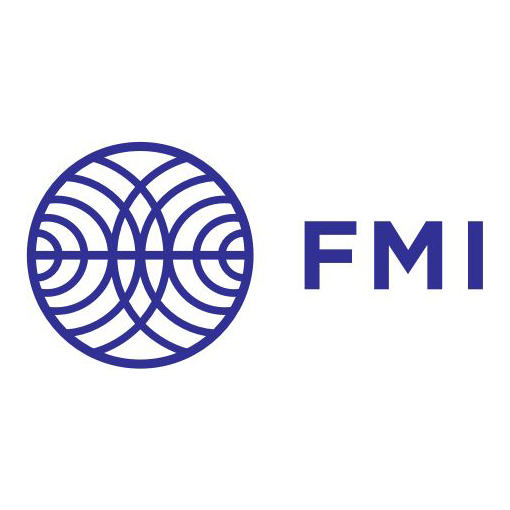
Operated the national 24/7 SWxC with a scientist in the loop since 2014. The service monitors SWx conditions with a detailed code of conduct and in the cases of extreme activity provides alerts for Governmental and Security Authorities, as a part of the national early warning and information system on natural hazards (LUOVA). FMI provides services to the Expert Service Centres (ESC) on Geomagnetic Activity and Ionospheric Weather operated in the ESA Space Situational Awareness (SSA) programme.
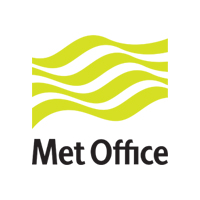
Operated The Met Office Space Weather Operational Centre (MOSWOC) with fully trained forecasters since 2011. Through its long history of serving stakeholders in meteorology, the Met Office has extensive experience of consulting with users to develop appropriate services. MOSWOC has built on this heritage by communicating with space weather stakeholders to develop space weather services that are aligned to user requirements.
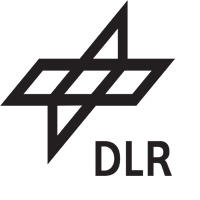
Maintains advanced services for ionospheric background information to support high-precision positioning and navigation in Europe and globally. With the IMPC (Ionosphere Monitoring and Prediction Center, and its predecessor SWACI (Space Weather Application Center) DLR has been providing near real time ionosphere information relevant for GNSS navigation and positioning since 2004. Currently DLR coordinates the Ionospheric Weather Expert Service Center (I-ESC) within ESA’s SSA Programme.

Hosts the Regional Warning Center (RWC) in Poland, which maintains continuous now-casting of regional ionospheric conditions over Europe, East Asia and Australia and provides forecasts on HF radio signal intensities at mid-latitudes. SRC operates a riometer in the Polish research station in Hornsund (Svalbard), which enables observations of Polar Cap Absorption events disturbing occasionally HF-communication at high latitudes.
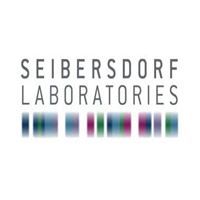
one of the leading European institutes working on radiation exposure due to cosmic radiation. The company maintains the ISO 9001 quality management system for its all services. Additionally, SL runs laboratories that operate in compliance with the ISO 17025 standard. Since 2012 SL has contributed to the ESA SSA SWx service with their AVIDOS-tool.
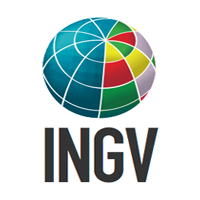
Monitors continuously ionospheric and geomagnetic conditions for HF communication and for reliable GNSS services in the Mediterranean area. INGV conducts also systematic scintillation measurements in Svalbard and Mediterranean. Ionospheric forecasting and nowcasting products are provided at different spatial and temporal scales.
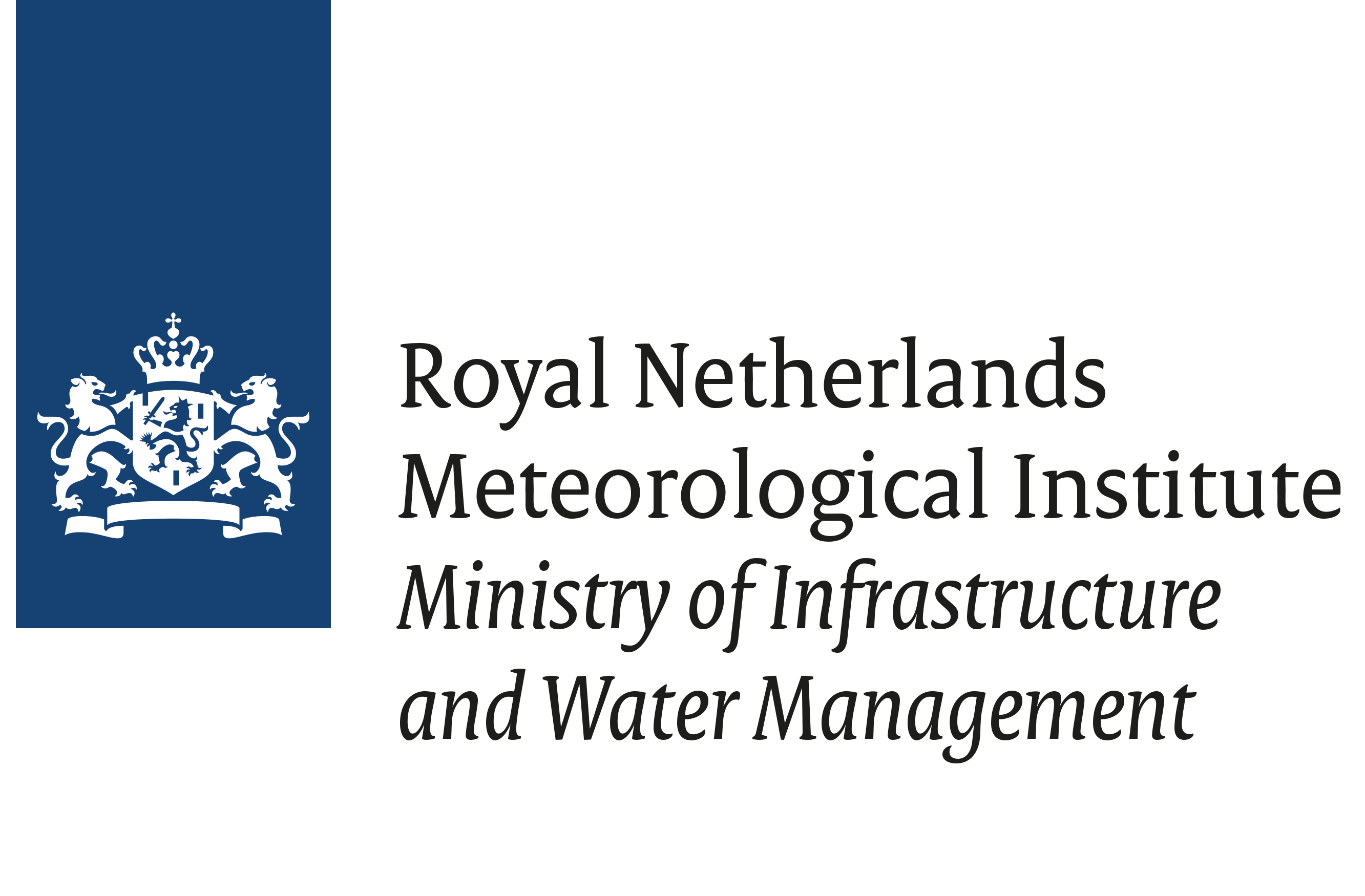
Provides weather forecasts and verification to support air traffic management in Schiphol, an important airport hub in Europe. KNMI measures scintillation in the Caribbean and works on innovations for SRB detection.
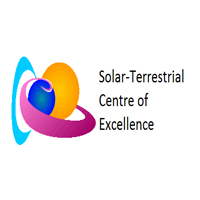
Served as the World Data Center for the Sunspot Index since 1981 and as a Regional Warning Center (RWC) in the ISES network since 2000 [URL08]. Since 2011, the STCE also plays a key role in the ESA SSA by operating the Space Weather Coordination Center (SSCC) and the ESCs for Space Radiation and for Solar Weather.

Provides systematic measurements of ionospheric state in the far southeastern Mediterranean area. Measurements are made with a digisonde, and with scintillation and GPS receivers